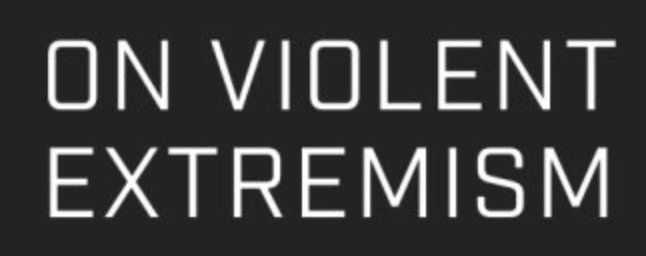
“Nihilistic” Extremist Groups and Nihilistic Violent Extremists (NVE): What Journalists Need to Know
Executive Summary
A growing body of analysis argues that some recent acts of mass violence in the United States are motivated less by coherent ideology and more by transgressive online subcultures, performative notoriety, and “violence for its own sake.” Researchers call this trend nihilistic violent extremism (NVE). It does not fit neatly inside classic left/right/racial/religious categories, complicating prevention, investigation, and media coverage. The Institute for Strategic Dialogue (ISD) documents the phenomenon and its digital incubators; United States counterterrorism frameworks are only beginning to grapple with it; and ongoing policy shifts inside the Federal Bureau of Investigation (FBI) affect the capacity to track and counter it.¹ ²
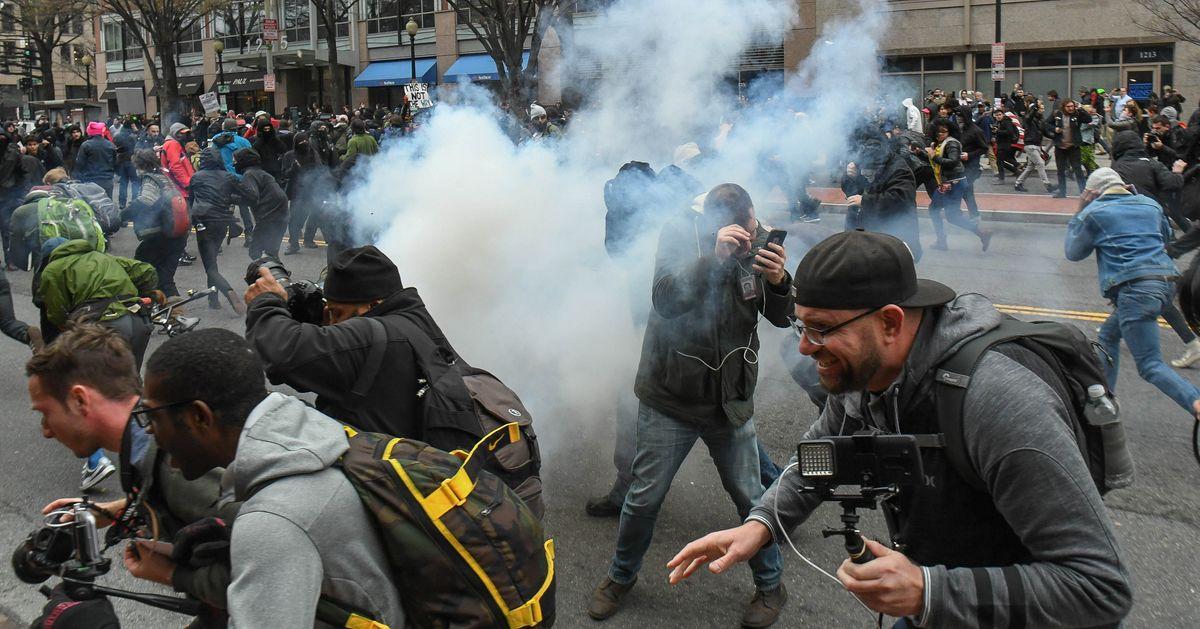
1) What Is Nihilistic Violent Extremism (NVE)?
- Working Concept. ISD describes attacks where perpetrators embrace aesthetics of mayhem, irony, and “meta-politics,” sampling memes and symbols without stable ideology. Violence becomes a performance aimed at infamy, shock, and audience capture in online communities.¹
- Why It Emerged. Always-on platforms, gamified attention, and transgressive subcultures create feedback loops: edgy humor → norm erosion → transgressive escalations → real-world harm. These dynamics challenge ideology-centric terrorism models.¹
- How Officials Are Responding. Analysts note the FBI’s recent terminology around NVE as an attempt to label cases that do not cleanly map to known ideological buckets—useful for interagency coordination but not a separate crime category.²
Key Distinction: NVE is about motivational style (transgressive notoriety, collapse-fetish, “apolitical” sadism) rather than a coherent ideological project. That makes indicator-based detection (manifestos, symbols) less reliable and behavioral warning signs more important.¹
2) How This Fits into United States Domestic Terrorism (DT) Frameworks
- The FBI and the Department of Homeland Security (DHS) define domestic terrorism and unify terminology and methodology for tracking matters; as if this report, they do not create new crimes or authorize investigations based on protected speech alone.² ³
- Annual Strategic Intelligence Assessments (SIAs) from FBI and DHS aggregate data on DT matters and threat trends. While prior SIAs foregrounded Racially or Ethnically Motivated Violent Extremists (RMVEs) and Anti-Government or Anti-Authority Violent Extremists (AGAAVEs) such as Militia Violent Extremists (MVEs)⁴, Anarchist Violent Extremists (AVEs)⁵, and Sovereign Citizen Violent Extremists (SCVEs)⁶, they also stress evolving modalities—relevant context for understanding why a “nihilistic” category has salience now.³
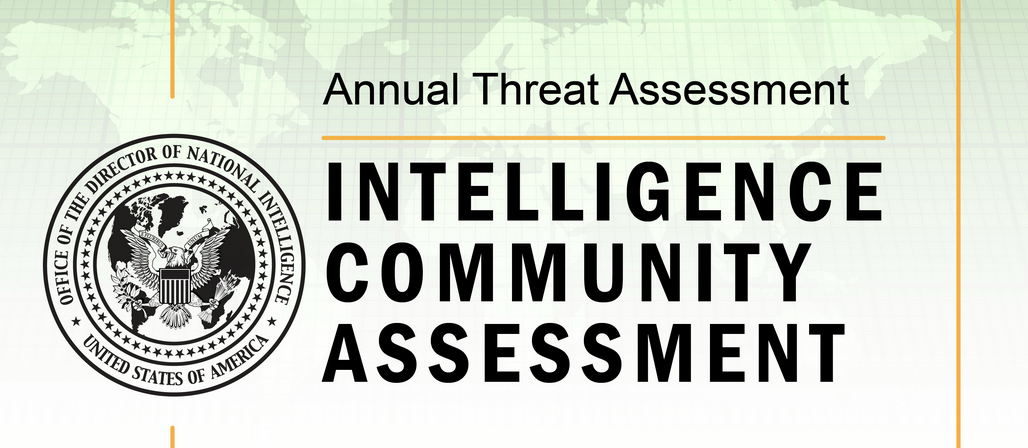
3) Is NVE Rising in the United States?
- Open-source indicators point to growing official and media attention to NVE-style violence and labeling debates in 2024–2025. Local media, ISD, and national think tanks highlight cases now being discussed with the NVE frame and note that the FBI has referenced the term publicly.¹ ²
- At the same time, federal capacity and prioritization for domestic terrorism work has been in flux in 2025. Investigations and staffing structures have been reported as scaled back or redirected—context that affects how any emergent threat category (including NVE) is tracked and resourced.⁷
- Independent reporting details leadership-level shifts and the policy emphasis toward movements like Anti-Fascist Action (ANTIFA) , alongside concerns from experts that far-right violence may receive less focus than in prior years.⁸ ⁹ ¹⁰
Bottom Line: The label “NVE” is new and still contested. But the pattern—violence untethered from coherent ideology, incubated by transgressive online cultures—appears more visible to researchers and practitioners in 2025.¹ ²
4) How NVE Differs from Legacy Extremist Milieus (and Why It Matters for Journalists)
- No Stable Doctrine. Unlike white-supremacist, Islamist, or anarchist/militia ecosystems (which show recognizable iconography, narratives, and networks), NVE actors often borrow symbols and memes opportunistically, making “symbol spotting” less predictive. FBI symbol guides on MVEs⁴, AVEs⁵, and SCVEs⁶ remain useful for legacy threats but are less decisive for NVE.
- Performative & Copycat Risk. High emphasis on spectacle and notoriety increases contagion effects—particularly when sensationalized coverage confers status.¹
- Hybridization. NVE incidents can blend nihilistic aesthetics with fragments of other ideologies; investigators and reporters should avoid forcing a single-axis frame too early.¹
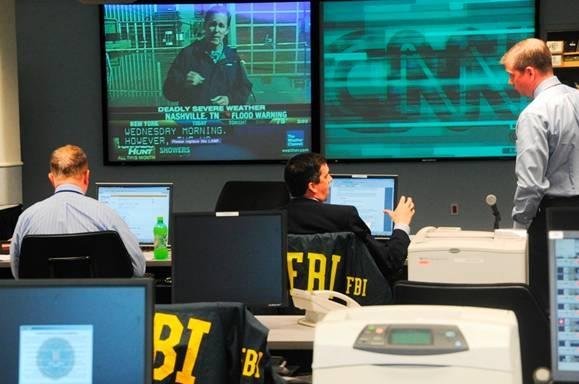
5) Hazards to the Journalism Community
Extremist groups and individuals—including those associated with NVE, MVEs, AVEs, and SCVEs—have historically targeted journalists, media organizations, and press freedom itself. Their actions create distinct hazards for the journalism community:
- Direct Violence. Reporters covering protests, demonstrations, or extremist events have faced physical assaults, harassment, and in some cases, lethal threats from extremists who view the press as adversaries.
- Symbolic Targeting. Media outlets often represent the “system” or “authority,” making them symbolic targets for groups that seek visibility or confrontation.
- Doxing and Online Harassment. Extremists frequently publish personal details about journalists to intimidate them, expose them to threats, and discourage coverage of extremist activity.
- Event Coverage Risks. Journalists reporting near extremist gatherings may be exposed to improvised weapons, Improvised Explosive Devices (IEDs), or Improvised Incendiary Devices (IIDs) deployed in chaotic environments.
- Narrative Manipulation. Extremists rely on media attention to amplify their message or notoriety. Journalists risk being co-opted into spreading extremist propaganda if editorial standards do not carefully de-glamorize the violence.
Understanding these risks is essential for both field reporters and newsroom editors. Safety protocols, clear editorial policies, and ongoing hostile environment training can help reduce the dangers while ensuring accurate, responsible coverage.
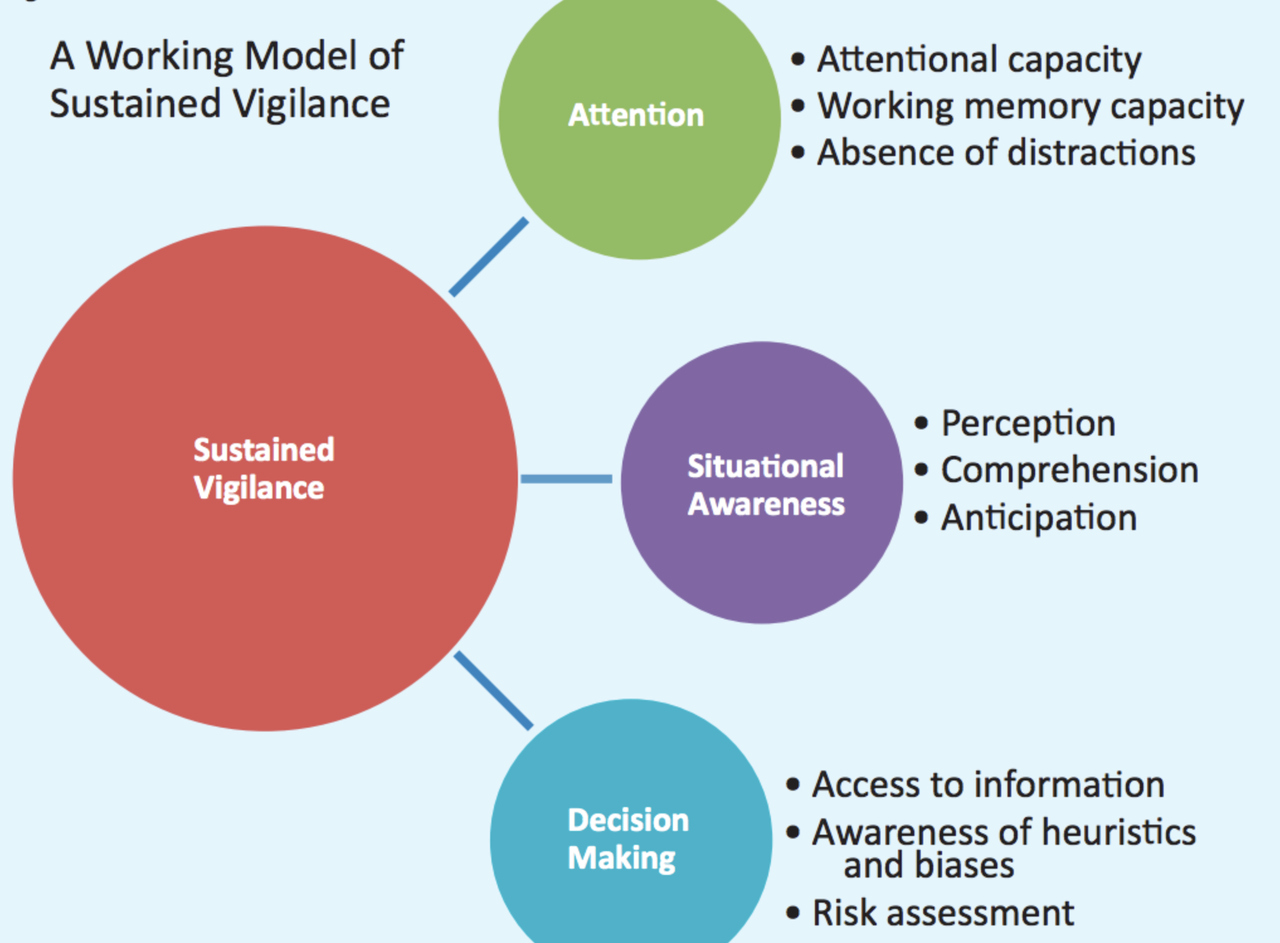
6) Field Indicators & Safety Cues for Crews
NVE lacks consistent ideology-linked signals, but journalists can watch for behavioral and environmental cues:
- Operative Behaviors. Watch for individuals with a fixation on making a spectacle of themselves, seeking camera attention, countdown-style posts, references to “making history” without political demands.¹
- Digital Precursors. Participation in transgressive forums, “kill-count” or scoreboard rhetoric, hints at livestreaming or post-attack content drops.¹
- Targeting Patterns. Symbolic venues (houses of worship, schools, media events) chosen for attention density rather than ideological alignment.¹
On-Scene Best Practices:
- Maintain standoff distance; identify hard cover and egress routes.
- Avoid live shots that reveal law-enforcement positioning.
- Treat suspicious items as potential Improvised Explosive Devices (IEDs) or Improvised Incendiary Devices (IIDs); do not handle them—evacuate and notify authorities.
- Pre-plan communications redundancy; designate a safety lead monitoring both official feeds and credible open-source intelligence.
7) Coverage Checklist for Editors
- Journalist Safety: Are we recognizing that how we report directly affects journalist safety in the field? Proper reporting reduces the chance of retaliation or targeting by extremist groups.
- Language: Are we using precise FBI and DHS definitions of DT?²
- Evidence: Are we careful to distinguish verified filings (arrest affidavits, charging documents) from unverified leaks and screenshots?
- Harm Minimization: Have we removed gratuitous perpetrator glamor and operational detail that could aid imitation but offer limited gain in our reporting?

End Notes
- Institute for Strategic Dialogue (ISD), Terror Without Ideology? The Rise of Nihilistic Violence – An ISD Investigation (2025).
- Just Security, Nihilistic Violent Extremism and American Counterterrorism (2025).
- Federal Bureau of Investigation (FBI) and Department of Homeland Security (DHS), Domestic Terrorism: Definitions, Terminology, and Methodology.
- FBI, Domestic Terrorism Reference Guide: Militia Violent Extremism.
- FBI, Domestic Terrorism Reference Guide: Anarchist Violent Extremism.
- FBI, Domestic Terrorism Reference Guide: Sovereign Citizen Violent Extremism.
- Reuters, FBI scales back staffing, tracking of domestic terrorism probes (Mar. 21, 2025).
- Vanity Fair, Trump’s FBI Poised to Focus Counterterror Strategy on “Things Like BLM and Antifa” (Feb. 12, 2025).
- The Guardian, FBI investigations of far right on road to nowhere under Kash Patel, experts warn (Feb. 28, 2025).
- The Guardian and Vanity Fair reporting; see also related FBI/DHS Strategic Intelligence Assessments (2021–2022).
